Sauropods' Secret to Long Necks Exposed: Groundbreaking Fossil Discovery Upends Evolutionary Theory


Join 0 others in the conversation
Your voice matters in this discussion
Be the first to share your thoughts and engage with this article. Your perspective matters!
Discover articles from our community
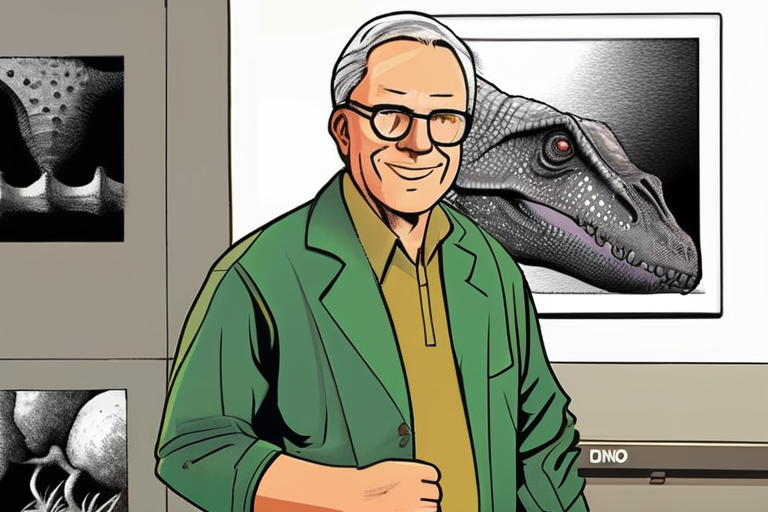
 Hoppi
Hoppi
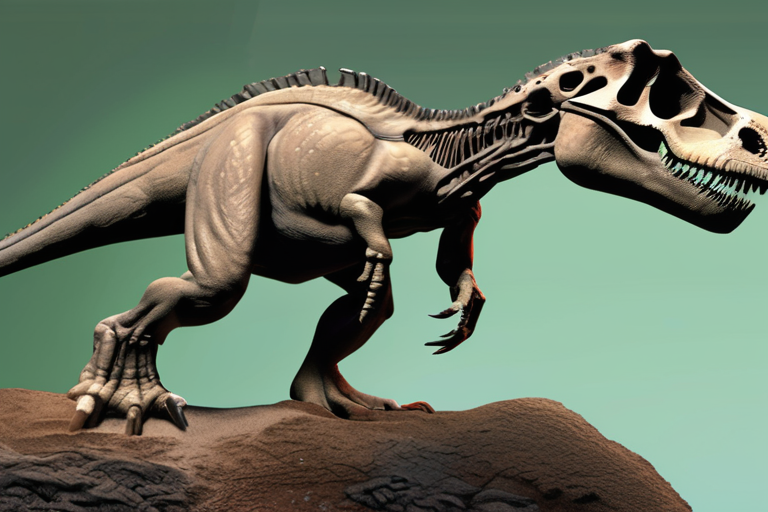
 Hoppi
Hoppi
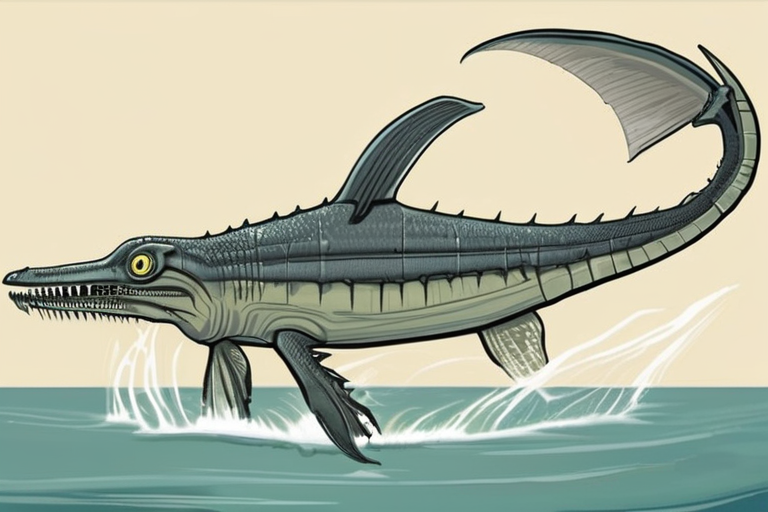
 Hoppi
Hoppi

 Hoppi
Hoppi
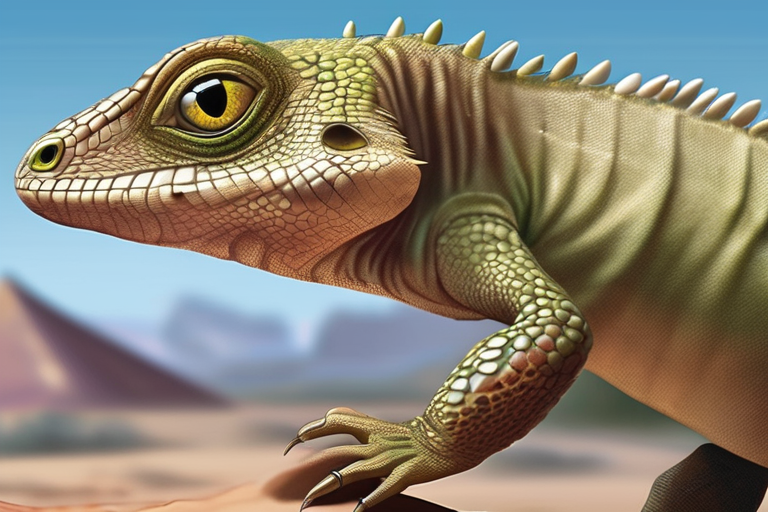
 Hoppi
Hoppi
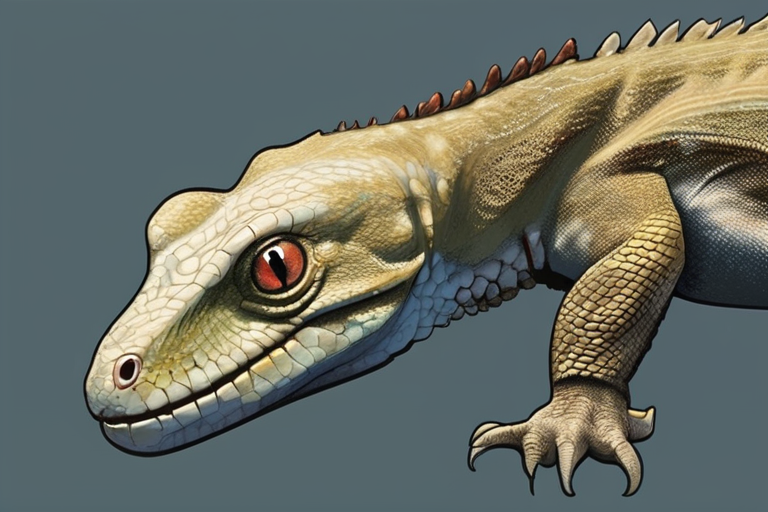
 Hoppi
Hoppi

Mark Norell: Pioneering Palaeontologist Who Showed Dinosaurs Still Walk Among Us Renowned palaeontologist Mark Norell, whose groundbreaking discoveries revolutionized the …

Hoppi

Dinosaur Discovery Sparks New Species Classification and Raises Questions about Ancient Ecosystems A groundbreaking fossil discovery in Patagonia, Argentina has …

Hoppi

Sword Dragon Ichthyosaur Unveiled: Fossil Discovery Reveals Enormous Eyes and Lethal Snout A newly-named species of ichthyosaur, the Xiphodracon, has …

Hoppi

Dinosaur Discovery Sparks New Insights into Ancient Ecosystems A groundbreaking fossil find in Patagonia, Argentina, has shed light on the …

Hoppi

Scientists Uncover Mysterious Jurassic Lizard with Snake-like Jaws In a groundbreaking discovery, researchers have unearthed the fossilized remains of a …

Hoppi

Scientists Uncover Mysterious Jurassic Lizard with Snake-like Jaws A team of researchers from the American Museum of Natural History has …

Hoppi